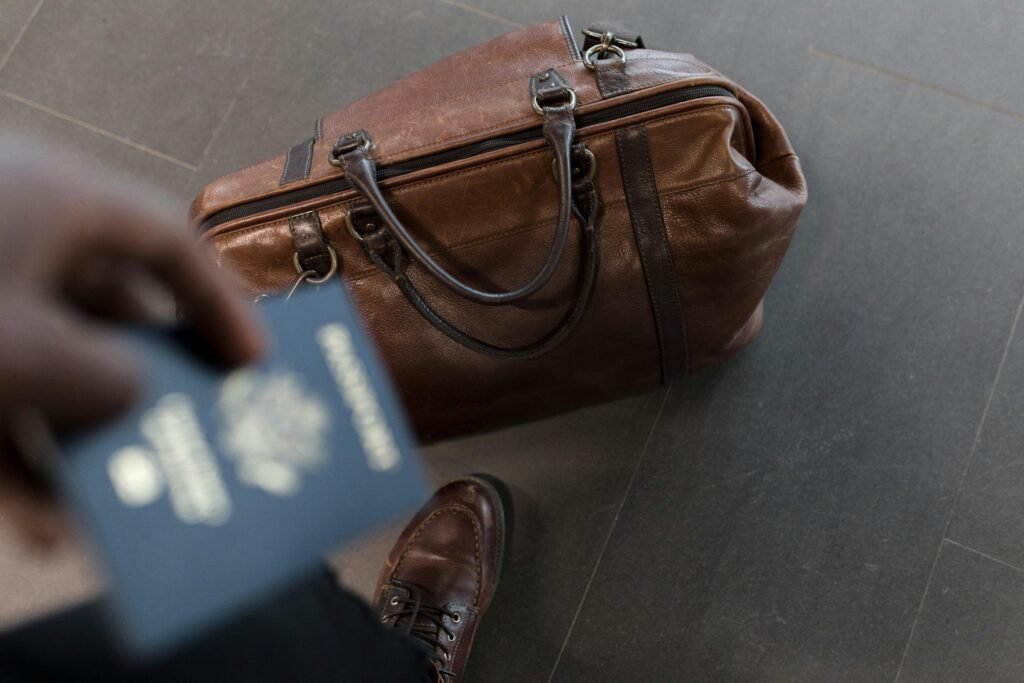Table of Contents
Introduction
Employment visas play a crucial role in the global workforce and economy. The United States is a popular destination for professionals seeking career opportunities. However, working legally in the U.S. requires obtaining the right employment visa. The American Employment Visa system allows foreign workers to seek employment visas in the United States. These visas are crucial for filling gaps in the U.S. labor market, which needs certain talents and knowledge. The different types of employment visas are available in the U.S. and the procedures for obtaining them. Understanding these visas is important for foreign workers, employers, and policymakers. American employment visas allow foreign experts to work in the United States under certain categories such as H-1B, L-1, and O-1. These visas enable firms to cover skill gaps and recruit global talent. However, the process has tight prerequisites, company sponsorship, and annual quotas, making it competitive and complex for applicants. The United States offers various types of employment visas based on skill level and job category.
Types of U.S. Employment Visas
The American Employment Visa has various categories, each designed for specific types of work. Some of the most common include:
1. H-1B Visa (Specialty Occupations)
The H-1B visa is designed for skilled workers in specialized fields such as IT, finance, engineering, and healthcare. To be eligible, applicants must receive a job offer from a relevant bachelor’s degree (or equivalent), and the employer must file a petition with the U.S. Citizenship and Immigration Services (USCIS). H-1B visas are normally good for up to six years.
H-1B Visa: This visa is for individuals in specialty occupations that require technical or theoretical expertise. Applicants must have at least a bachelor’s degree or its equivalent.
2. L-1 Visa (Intra-Company Transfer)
The L-1 visa enables multinational corporations to move staff from international offices to US subsidiaries.
L-1 Visa: This visa allows multinational companies to transfer employees from foreign offices to the U.S. office. There are two types: L-1A for managers and executives and L-1B for personnel with specialized skills.
It is divided into two types:
L-1A: For managers and executives.
L-1B: For employees with specialized knowledge. The L-1 visa is initially valid for one year for new offices and up to three years for existing offices, with extensions available.
3. O-1 Visa (Individuals with Extraordinary Ability)
The O-1 visa is intended for people with exceptional skills in disciplines such as science, arts, education, athletics, or business.
Applicants must demonstrate outstanding achievements and receive a job offer from a U.S. employer. The O-1 visa is initially granted for three years and can be extended.
O-1 Visa: This visa is for individuals who have extraordinary ability in their field, such as science, art, or business.
4. TN Visa ( For Canadian and Mexican Citizens)
The United States-Mexico-Canada Agreement (USMCA) allows Canadian and Mexican professionals to apply for TN visas to work in the United States. TN Visa: Created under the North American Free Trade Agreement (NAFTA), this visa allows Canadian and Mexican citizens to work in certain professions in the U.S. This visa is renewable indefinitely in three-year increments.
5. EB-2 and EB-3 Employment-Based Green Cards
Foreign professionals seeking permanent residency in the U.S. can apply for employment-based (EB) green cards.
EB-2: For those with advanced degrees or remarkable abilities.
EB-3: For skilled, professional, and unskilled laborers. The employer must sponsor the applicant and complete the labor certification process.
E-2 Visa: This visa is for investors who are citizens of countries that have treaties with the U.S. It allows individuals to invest in a business and stay in the U.S. to run that business.

Each visa type has its specific eligibility criteria and application process.
Application Process for Employment Visas
Applying for an American Employment Visa involves several steps:
Job Offer: The applicant must have a job offer from a U.S. Employer who agrees to sponsor the visa. Find a U.S. Employer: A job offer from a U.S. employer is often required.
Labor Certification: Workers are available for the position.
Filing a Petition: The U.S. employer must file a petition (Form I-129) with the U.S. Citizenship and Immigration Services (USCIS) acts on behalf of the employee. The employer submits a visa petition to USCIS.
Visa Application: Once the petition is approved, the applicant can apply for the visa at a U.S. embassy or consulate. : Once approved, applicants must apply for a visa at a U.S. consulate in their home country.
Interview: The applicant may need to attend an interview where they provide supporting documents and answer questions regarding their application.
Visa Issuance: If approved, the visa is issued, allowing the individual to enter the U.S. for employment.

Applications and Use Cases
American Employment Visas serve several key purposes:
Filling Skill Gaps: These visas allow U.S. employers to hire foreign workers when qualified U.S. candidates are not available, helping to meet demand in various industries.
Innovation and Growth: By attracting skilled workers, the U.S. can promote innovation and economic prosperity.
Cultural Exchange: Employment visas promote cultural interactions, enriching American society with diverse perspectives.

Comparison with Related Concepts
The American Employment Visa system is often compared to work visa systems in other countries, such as Canada and Australia. While many countries have similar visa types, the U.S. process can be more complex and competitive.
Conclusion
Obtaining a U.S. employment visa can be complex, but understanding the available options and requirements makes the process smoother. Consulting an immigration lawyer or an employer’s HR team can also provide valuable guidance in securing the right visa for your career goals.
Understanding between the lines, American employment visas allow foreign workers to contribute to the US economy while also providing businesses with access to global talent. Visa categories such as H-1B, L-1, and O-1 are designed for skilled professionals, intra-company transferees, and persons with exceptional abilities. However, the process is complicated, with stringent eligibility requirements, quotas, and employer sponsorship. While these visas assist in addressing labor shortages, policymakers are still debating how to reconcile economic expansion with worker protections. Ensuring a fair, efficient system is critical for maintaining US competitiveness while protecting domestic and foreign workers’ rights in an ever-changing employment market.
FAQs
1-Who is eligible for the H1B visa?
The H-1B visa category is temporary (nonimmigrant) and allows companies to petition for highly educated foreign professionals to work in “speciality occupations” requiring at least a bachelor’s degree or the equivalent.
2-Is getting a U.S. work visa easy?
To obtain a work visa, you generally need a job offer from a US employer who is willing to sponsor your visa application. The employer must file a petition with the US Citizenship and Immigration Services (USCIS) on your behalf.
3-How to get a U.S. green card?
Most people who apply for a Green Card must complete at least two forms: an immigrant petition and a Green Card application (Form I-485). Typically, someone else must file the petition for you (also known as sponsoring or petitioning for you), though you may be able to file for yourself in some instances.
4-Can I get a U.S. work visa from Pakistan?
Pakistani individuals can obtain a work visa for the United States by securing a job offer from a U.S. firm which will typically initiate the visa application process.